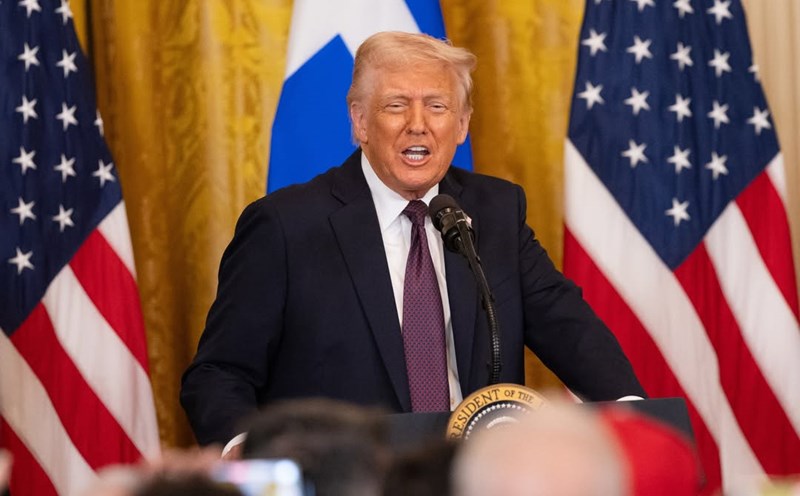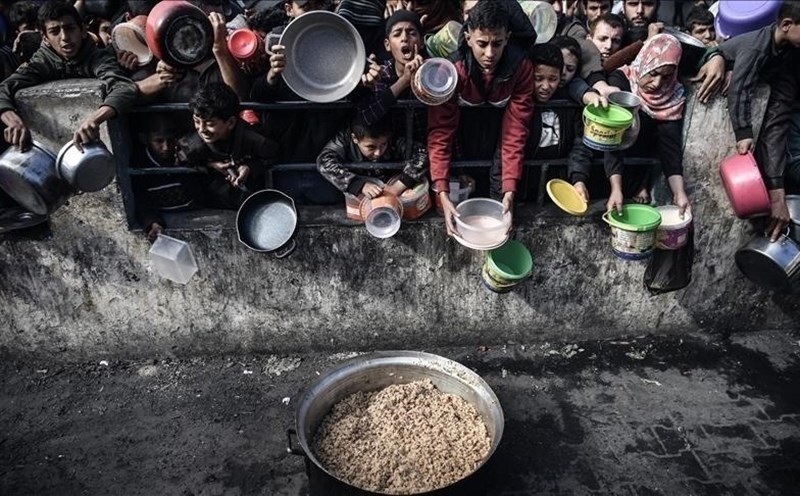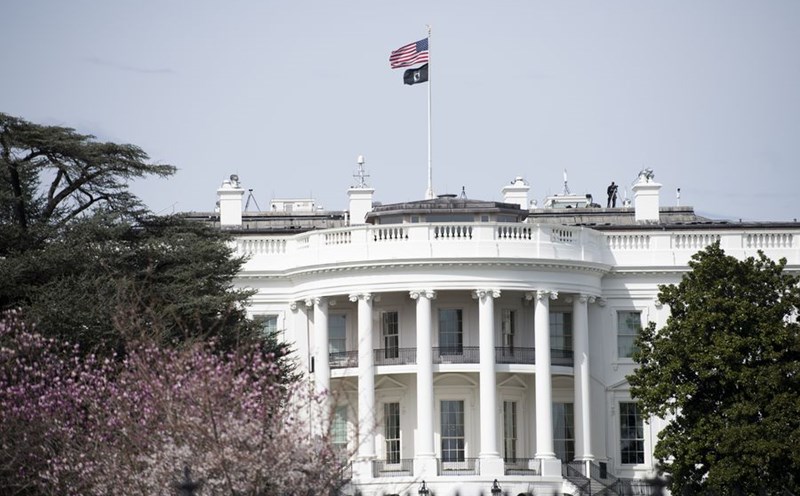According to the peace plan announced by President Trump on September 29, all attacks must end immediately. Within 72 hours, Hamas was forced to release 48 hostages in hand, including those who had died. In return, Israel will release 250 prisoners of life in prison and 1,700 detainees since the start of the war, including all women and children. Israel also handed over the bodies of 15 Palestinians to each of the hostages returned.
The plan set out a roadmap for withdrawing Israeli troops, but only when Hamas disarmed all weapons and an international security force took over. However, Israel will maintain the so-called security presence in the Gaza border an vague concept that could mean holding the buffer zone right inside the strip.
The plan requires Hamas to no longer have a role in Gaza's governance. All military infrastructure, including the tunnel system, must be destroyed. Members who abandon weapons and pledge to live in peace will be pardoned; those who want to leave Gaza can leave.
An international force will ensure security and train alternative Palestinian police. Egypt said it had prepared thousands of police for deployment. Regarding humanitarian aid, the plan allows a large flow of aid into Gaza, coordinated by neutral international organizations such as the United Nations and the Red River Moon.
To dispel the concerns about deportation, the proposal states: Gaza residents will not be forced to flee their homeland. The reconstruction will be overseen by a Peace Council headed by Trump and former British Prime Minister Tony Blair, who will take control of the huge amount of capital for reconstruction a key factor determining life in Gaza.
Gaza is expected to be operated by a permanent Palestinian technology group, but under the supervision of the "Peace Council". In the long term, the Palestinian Authority (PA) will have to reform comprehensively to be able to take over Gaza. The document only gave a "vague promise": If the PA successfully reforms and rebuilds Gaza and makes progress, "conditions can ripen the path towards self-determination and the State of Palestine".
That same night, the Qatari Prime Minister and the Egyptian intelligence leadership transferred the plan to Hamas. The Hamas representative said that they will "regard goodwill" but still affirm the right to resist until the occupation ends.
In contrast, many Arab countries - from Egypt, Jordan to Saudi Arabia, and the UAE - have simultaneously issued statements of support. In Israel, Prime Minister Benjamin Netanyahu, despite publicly supporting the plan, has faced backlash from far-right allies in the cabinet. Finance Minister Bezalel Smotrich said the red line was to absolutely not allow the PA to be present in Gaza, and further disregarded the prospect of a Palestinian state.
However, Mr. Netanyahu can rely on the vague point in the document: The PA can only participate if there is thorough reform - something he himself does not believe will happen. In other words, the Israeli leader supports Trump's plan but still betts on the possibility that it will never truly give the Palestinians power.
President Trump's "G Gaza peace plan" is different from previous ceasefire agreements, going further than the ceasefire range to touch the biggest question: Gaza's political future. However, uncertainties, strict conditions and skepticism from all sides make the implementation prospects still remote.
While Gaza residents are eagerly awaiting a bombless end and a chance to survive, the plan could be a fragile lightning, or just an illusion in the stormy Middle East political desert.











